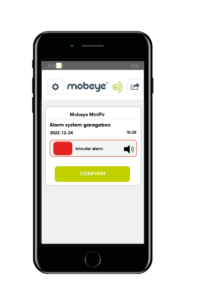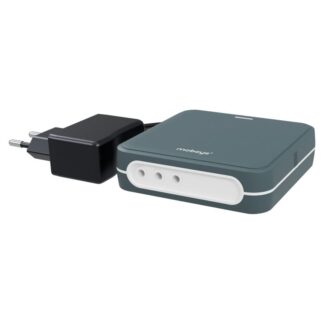
In the dynamic landscape of professional security, the reliable and secure reporting of alarms to a control room stands as a cornerstone of effective risk management. At the heart of this intricate dance between vigilance and response is the private Alarm Receiving Centre (ARC), a stalwart entity that operates 24/7, ensuring meticulous follow-up of alarms based on predefined protocols. The ARC’s commitment to maintaining a secure environment is exemplified by its swift and appropriate response in cases where the 24-hour test report is not received.
The Crucial Role of Alarm Receiving Centers
In this orchestration of security measures, the ARC emerges as a pivotal player, acting as the nerve center that receives and processes alarm messages. Beyond the mere reception of alerts, the control room plays a multifaceted role, disseminating crucial information to private individuals and orchestrating the oversight of surveillance services. It is therefore the linchpin in the architecture of an effective and responsive security infrastructure.
Adapting to the Future: The Phasing Out of Analogue Telephone Lines
For the Netherlands, the year 2023 marks a significant juncture in the evolution of alarm reporting systems. With the phasing out of analogue telephone lines, a shift towards Internet Protocol (IP) communication becomes imperative. The United Kingdom and other countries are expected to follow suit shortly. In this era of technological transition, the ARC evolves to exclusively receive messages through IP, paving the way for a more connected and efficient security ecosystem. SIA DC/09 is among the standard protocols used for this purpose.
Mobeye CM4100: A Universal Solution
Enter Mobeye’s CM4100, an exemplar of innovation in the domain of alarm reporting technology. The Mobeye CM4100 is well-suited for reporting your alarm system to an ARC. Tailored for seamless IP reporting to control rooms, the CM4100 adheres to the standardised SIA DC/09 protocol, ensuring compatibility and compliance with evolving industry standards. There are two channels to choose from, so zone information is combined into one message.
-
 Mobeye PowerGuard CM4100€ 215,00 – € 220,00
Mobeye PowerGuard CM4100€ 215,00 – € 220,00
How it Works
The Mobeye CM4100 responds to alarm triggers from the system output and also detects power failures. Utilising LTE-M with 2G fallback, it communicates with the Mobeye Internet Portal. Messages are swiftly forwarded to the control room as IP messages (SIA DC/09). A daily test message ensures constant communication.
Within the Mobeye Internet Portal, in addition to ARC reporting, users can set up additional contacts as alarm receivers. Notably, only messages from the alarm outputs reach the control room, requiring consideration for tamper alarms or RF issues.
While the Mobeye SIM/portal service offers complimentary reporting to the ARC, users must independently arrange a control room account.
Registration in a few steps:
- Connect the CM4100 to the alarm output (relay) of the existing alarm system.
- Connect the 12V-24V power output or use the adapter.
- Register the CM4100 on the Mobeye Internet Portal with the Mobeye SIM card.
- Provide Mobeye with the control room details: prom number, IP address/port numbers, and the meaning of the messages.
- Mobeye configures the setup for the control room and sends a first test message.
- Create a test alarm locally, verify it at the control room, and then remove the system from testing.
- All messages can also be sent to private contacts in parallel.
Mobeye: Reporting your alarm system to a control room made easy

 Finding the ideal product to meet your project needs can be challenging. Our products are organised by application to simplify your decision-making process. Choose the application area that fits your needs to see a list of related products.
Finding the ideal product to meet your project needs can be challenging. Our products are organised by application to simplify your decision-making process. Choose the application area that fits your needs to see a list of related products.